This post may contain affiliate links. Read my full disclosure here.
As an Amazon Associate I earn from qualifying purchases.
My preferred way to buy meat is to source from local farms. You’ll find that most farmers put their heart and soul into what they produce. I am not shy about asking someone exactly what is in their chicken feed – or if their cows are completely grass fed and grass finished. These are important questions. I am in charge of what goes into my family’s body and with all the growth hormones that are common amongst mass producers, meats that aren’t raised right can be detrimental to our health.
If a farmer doesn’t have something to hide, they will be glad you asked and typically talk at great lengths with you about the feed and animal care they institute. If they are reluctant to answer your questions, that may be a red flag.
If I can’t find something locally, I will buy the organic option from a grocery store. It’s truly rare that I do this. “Organic” is becoming more and more of a blurred line. I much prefer being able to visit a farm and see the conditions in which their animals are reared. Either way, if you resort to purchasing from your favorite box store, at the very least don’t fall for the marketing lingo. Labels like “Natural” or that beautiful brown packaging companies are rapidly switching to gives the appearance of health but it’s all hype, deliberately designed to be misleading.
“Ok – how do I source from a local farm?”
Buying meats from farmers in your area is actually easy, once you start. I buy from a few farms once or twice a month, depending on how low my freezer is (and I keep it pretty well stocked in case any of the food chains dry up – we’ve all seen the shortages that can happen). The farm I rely on for raw milk also has beef and pork items I get frequently. They deliver once a week to a convenient outdoor pick-up. I place my order with them via text message and pay cash when they deliver. Another farm I trust, for example, delivers once a month and I place my order with them online.
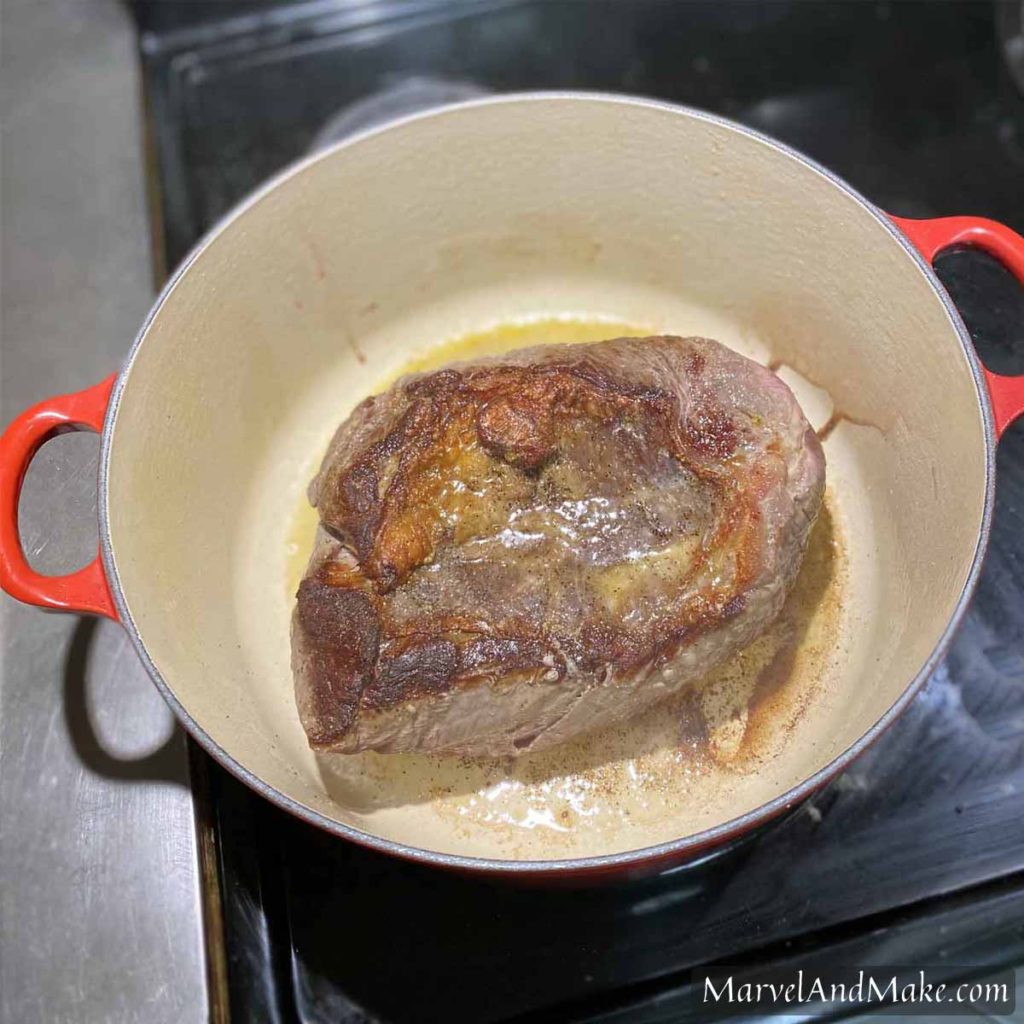
Most farms allow you to buy as little or as much at a time as you would like. If you wanted to purchase a half of a cow – yes, a literal half of a cow – you can do this and save a decent amount. This is a great option for big families on a budget. My method is to stock up on our staple cuts of meat – things like whole chickens, ground beef, pork chops, breakfast sausage – and occasionally try something we normally wouldn’t, like beef tongue. Tacos de Lengua, anyone?
If you’re not sure how to find a farm, a great resource is to ask a local chapter leader of The Weston A. Price Foundation. They will provide you with a list they’ve compiled of farms in your area that have good, healthy practices. Grass-fed beef, soy-free eggs, raw dairy, seasonal produce, and more is what you can expect on the list. Likely, you’ll be surprised at the number of options available.
Not sure what to buy? Here’s my top 5:
#1 Ground Beef
I always, and I emphatically mean always have ground beef thawing for the next I-don’t-know-what-to-cook meal. Ground beef is the most versatile meat I’ve found (yes, more so than chicken). Add some beans and it becomes chili, add tomato sauce and you’ve got spaghetti and meat sauce, shape it into burgers or a meatloaf, or toss it in casserole: Beef and Rice Casserole and Hamburger Casserole are two of my staples… the list goes on and on (I didn’t even mention tacos or nachos).
I buy loads of ground beef every month and always have it ready to use. (It also thaws quickly if you’ve run into 5 o’clock and hadn’t given dinner a thought.) And, if you opt for a half or fourth of a cow as I mentioned above, any of the cuts you don’t care for can be turned into ground beef.
#2 Pan Sausage
Pan sausage has become the breakfast meat of choice in my household. I love it because I can make round patties and cook them in their own fat or brown and crumble the meat and throw them into a breakfast burrito. My family’s favorite though? Sausage Gravy served overtop homemade biscuits.
Let’s chase this gravy rabbit: brown and crumble some sausage, then add a touch of flour (roughly two tablespoons), some salt, and heavy cream. Mix well with each addition. You’re welcome, you now have sausage gravy. I’m always amazed at how quickly a homemade, hearty meal can be throw together.
#3 Whole Chicken
I wrote a post about how to boil a whole chicken so I won’t repeat myself (too much). I will say that buying the whole chicken versus in pieces is much more economical. You can absolutely cook it whole but I typically cut mine up to use for different meals. The bones, of course, make a delicious bone broth/chicken stock that can either be utilized immediately or frozen.
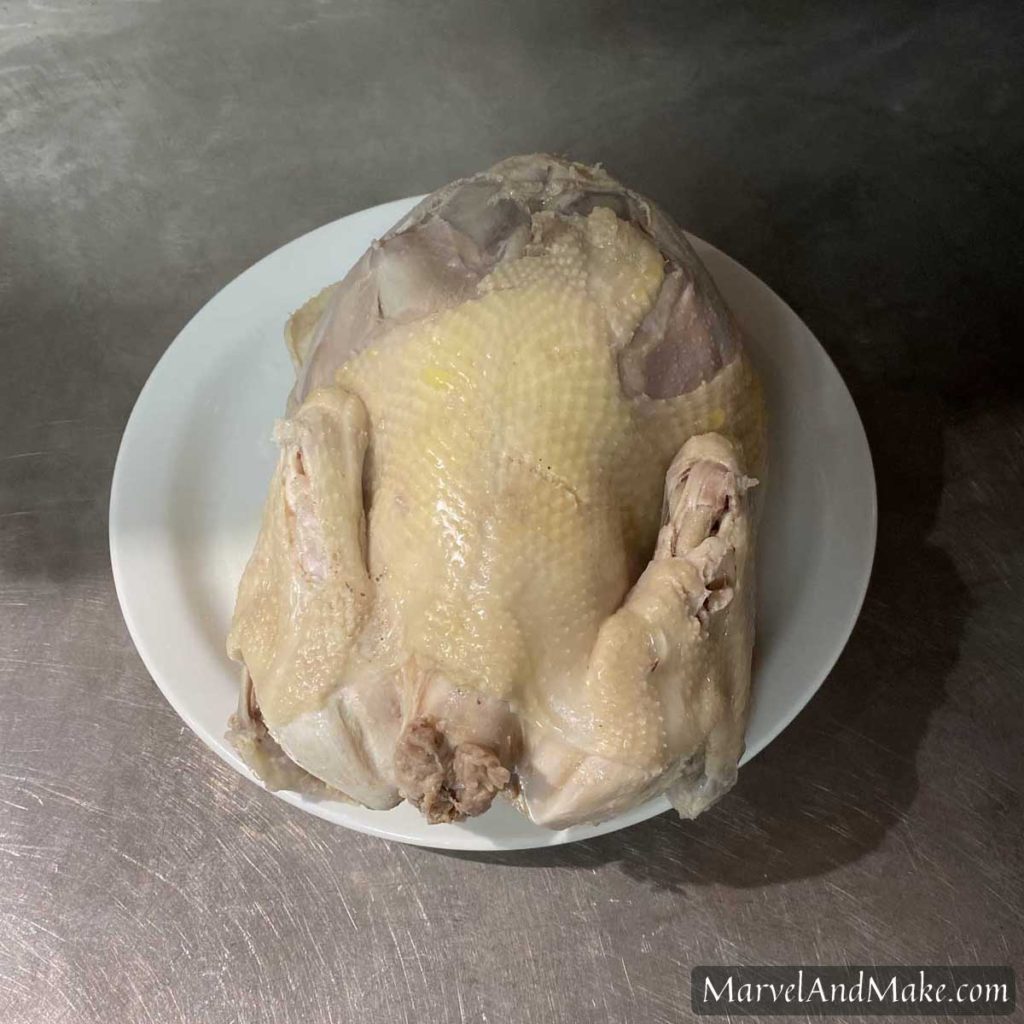
#4 Fajita Meat
This is such a great cut. Fajita meat is typically skirt or flank steak thinly sliced and ready to cook. Buying it packaged in this way has multiple benefits: first, it takes out the prep work of cutting it; second, it’s usually very inexpensive; and third, it’s another option that thaws quickly.
Fajita meat can be used for pasta dishes, in stews, or… fajitas. And speaking of stews, “stew meat” is another option you’ll see offered from farms. I do keep this on hand as well but don’t use it as often. The main difference is it typically contains a lot of connective tissue that will need to be slow cooked.
#5 “Roasts”
Brisket, bottom round, chuck roast, pork shoulder, etc. I always have a few hunks of beef or pork on hand. The list of ways roasts can be used is endless, but the technique is pretty similar. Always make sure you sear the outside first. This caramelizes the sugars in the meat and creates a beautiful brown crust – bringing out and building up the flavor of the meat.
Start with my recipe for Roast and Potatoes if you’re not comfortable with cooking roasts.
Bonus!
From beef liver to bacon, the list could seriously go on and on with what you’ll find in our freezer. I want to highlight one last friend: smoked pork neck bones. I’m calling these out because they’re easy to overlook. But listen, they are always cheap and they always impart heaps of flavor. My favorite thing to pair them with are beans or peas. If you want a step-by-step guide, follow my One-Pot Lima Beans recipe.
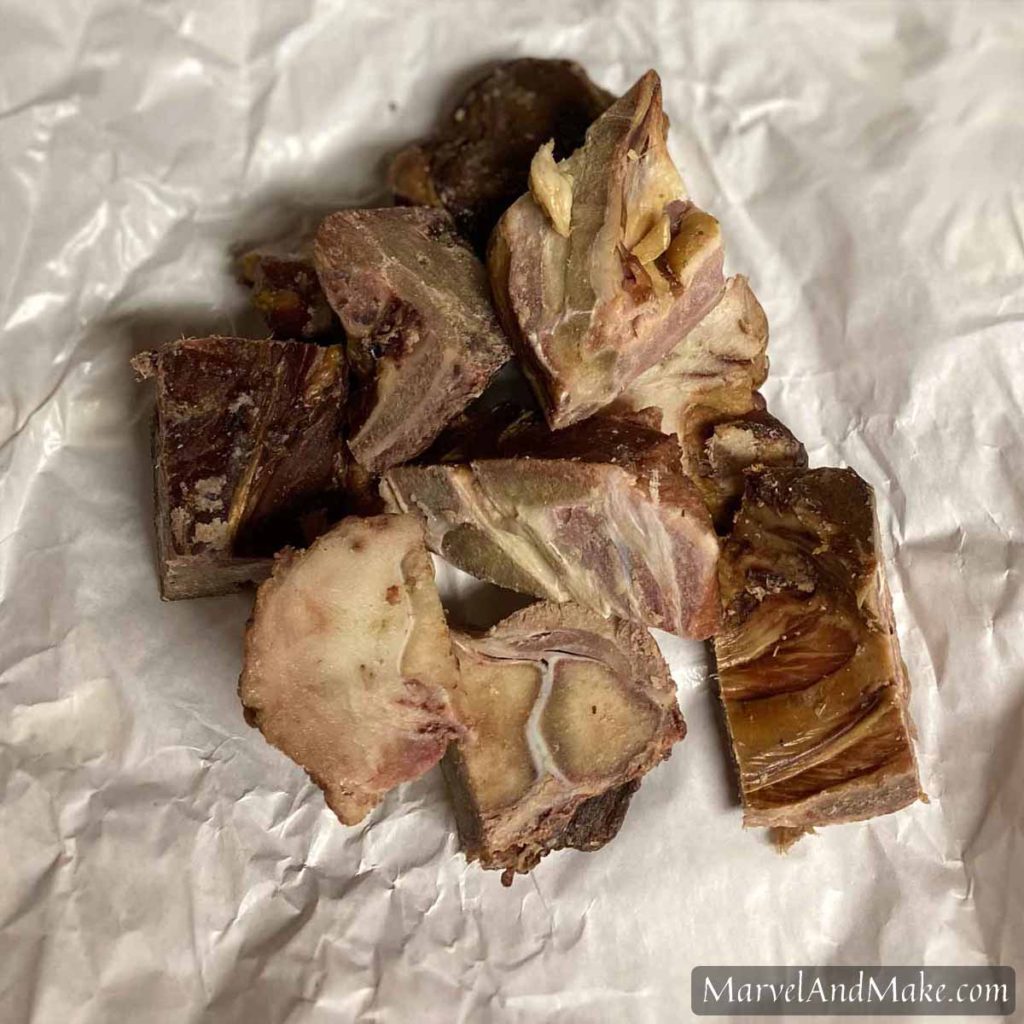
The quality of meat makes a difference not only through taste, but also in your health. As with everything you put in your body, choose wisely.
Leave a comment below and let me know what your favorite meats are (whether I mentioned them or not) and any tips you have for preparing them.
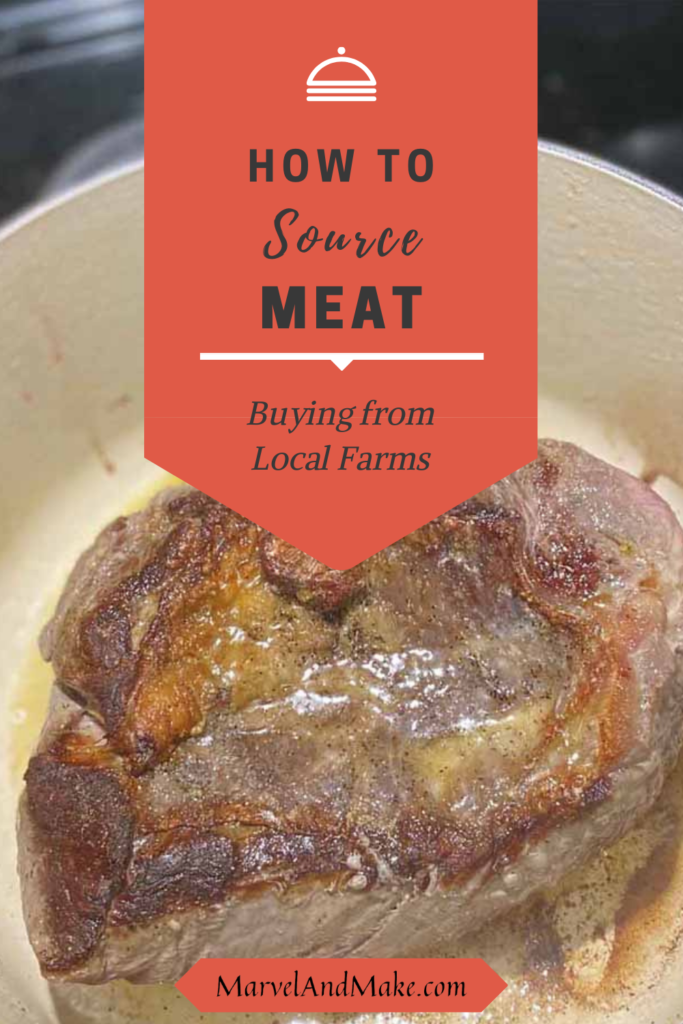

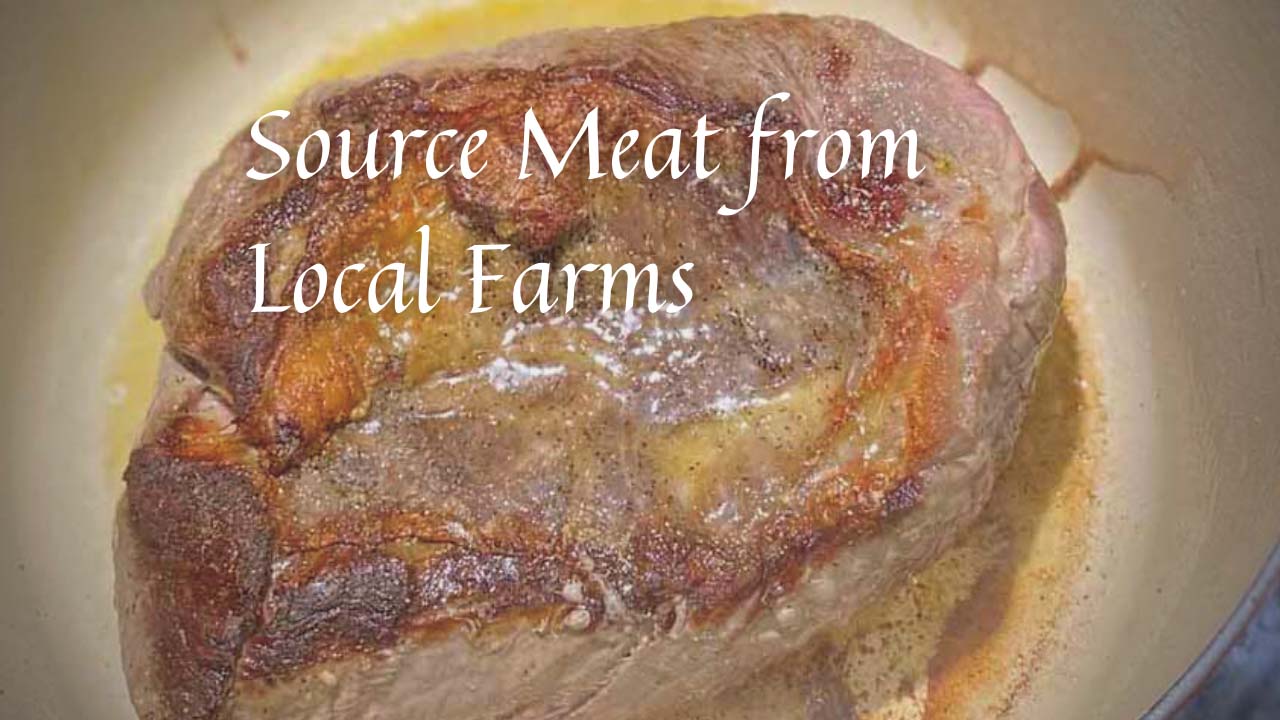
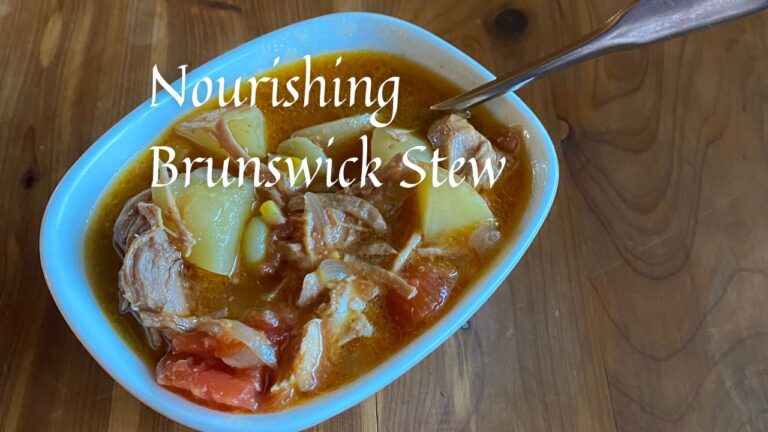


Very informative, I really appreciate how you have recipe links as well. I can’t wait to try them!!
Thanks for the kind words, Trecia!